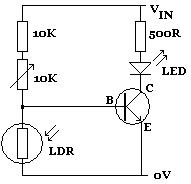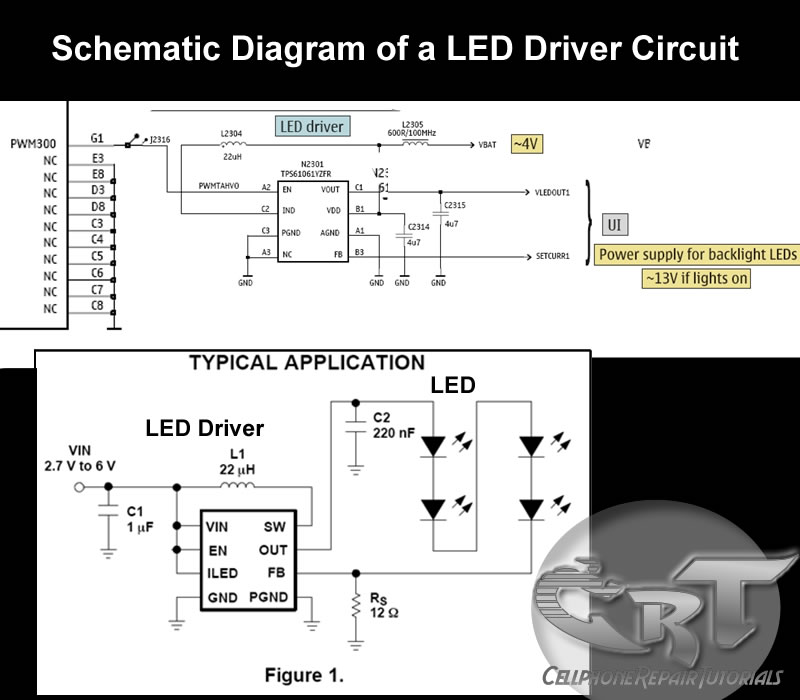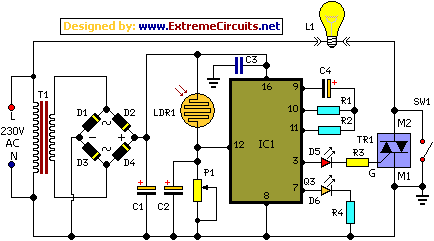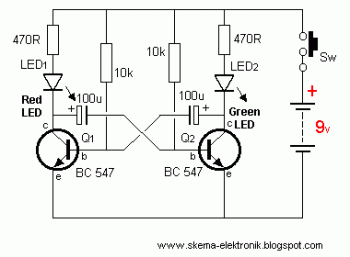
The light side and classic electronics art sculptures
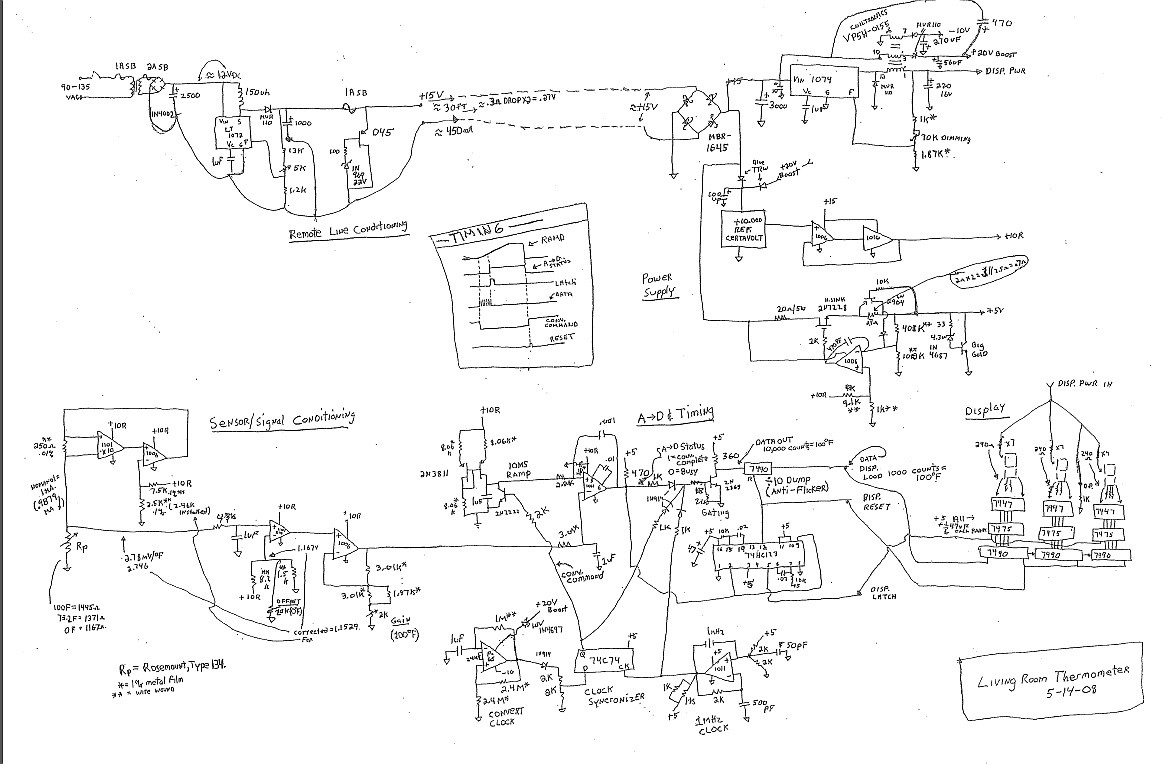
Jim Williams possessed a rare ability to combine his diverse talents in science, art, invention, and engineering. He created easily comprehensible tutorials, application notes, and technical phone conversations with customers, which facilitated improved designs in the field of electronics.
Jim Williams was renowned for his contributions to the electronics field, particularly in the realm of analog circuit design. His ability to merge scientific principles with artistic insight allowed him to present complex concepts in a manner that was accessible to a broad audience. This approach not only enhanced the understanding of electronic design but also inspired a generation of engineers to think creatively.
Williams' tutorials often included practical examples and hands-on projects that demonstrated the theoretical principles of electronics. He emphasized the importance of clarity in communication, making technical information digestible for both novice and experienced engineers. His application notes served as invaluable resources, providing insights into best practices and innovative techniques for circuit design.
In addition to written materials, Williams engaged directly with customers through technical phone conversations. These interactions allowed him to address specific design challenges and offer tailored solutions, fostering a collaborative environment that encouraged feedback and continuous improvement.
Overall, Jim Williams' unique blend of skills and his commitment to education significantly advanced the field of electronics, promoting a culture of innovation and excellence among designers. His legacy continues to influence the way technical information is shared and understood within the engineering community.Jim Williams had the unique ability to integrate his different talents in science, art, inventing and engineering and to bring forth easily understandable tutorials, app notes and tech phone conversations with customers that enabled better designs to emanate from the field of electronics designers.. 🔗 External reference
Jim Williams was renowned for his contributions to the electronics field, particularly in the realm of analog circuit design. His ability to merge scientific principles with artistic insight allowed him to present complex concepts in a manner that was accessible to a broad audience. This approach not only enhanced the understanding of electronic design but also inspired a generation of engineers to think creatively.
Williams' tutorials often included practical examples and hands-on projects that demonstrated the theoretical principles of electronics. He emphasized the importance of clarity in communication, making technical information digestible for both novice and experienced engineers. His application notes served as invaluable resources, providing insights into best practices and innovative techniques for circuit design.
In addition to written materials, Williams engaged directly with customers through technical phone conversations. These interactions allowed him to address specific design challenges and offer tailored solutions, fostering a collaborative environment that encouraged feedback and continuous improvement.
Overall, Jim Williams' unique blend of skills and his commitment to education significantly advanced the field of electronics, promoting a culture of innovation and excellence among designers. His legacy continues to influence the way technical information is shared and understood within the engineering community.Jim Williams had the unique ability to integrate his different talents in science, art, inventing and engineering and to bring forth easily understandable tutorials, app notes and tech phone conversations with customers that enabled better designs to emanate from the field of electronics designers.. 🔗 External reference
Warning: include(partials/cookie-banner.php): Failed to open stream: Permission denied in /var/www/html/nextgr/view-circuit.php on line 713
Warning: include(): Failed opening 'partials/cookie-banner.php' for inclusion (include_path='.:/usr/share/php') in /var/www/html/nextgr/view-circuit.php on line 713
